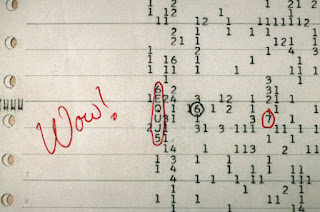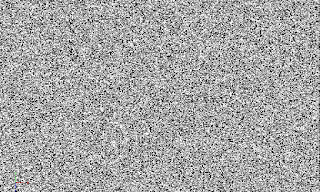Gravity
Whilst both constructs are extremely accurate and have large amounts of experimental evidence, problems occur when one tries to unite these theories given their different mathematical constructs. If these theories could be united the properties of blackholes and the beginning of the universe can be described, both of which posses large and small characteristics such as a singularity (an infinitely small point) and a vast size making them telescopically observable.
The problem lies with gravity. Quantum mechanics predicts the existence of a graviton (a particle of gravity) which has yet to be observed and requires a large amount of energy to perturb. General relativity offers an accurate description of gravity such as planetary orbits, but doesn't explain why gravity is weak yet infinite in range.
Currently, there are two main contenders to unite these theories, these string theory and loop quantum gravity:
|
String theory treats every fundamental particle as a vibrating string in space, each specific vibration give rise to the properties of that particular particle such as charge and spin. These strings are open and attached to the very fabric of space, except for the graviton which is considered closed and not attached. With the added caveat of extra dimensions compactified onto this fabric, gravity is elegantly solved, whenever gravity is invoked gravitons emerge from these extra dimensions, they are trans-dimensional, excess gravitons dissolve through these dimensions beautifully explaining the weak nature but long range nature of gravity.
Loop quantum gravity quantises space itself rather than gravity, this leads to tiny pixel like volumes of space that cannot be broken down further. General relativity hypothesises that gravity permeates the entire universe rather than acting as a fundamental force, as a result a mesh interconnected spin loops resembling the graviton is added over this quantised space. In accordance with general relativity space distorts locally upon a particle occupying a pixel, this again beautifully describes the nature of gravity given that it is able to permeate through the entirety of space whilst weak distortions are described on a local level.
But which one is right? Perhaps neither or both? Maybe the mathematical theories that we currently have to describe the operation of the universe need a complete or some degree of a rethink? Although it would be a shame to discard either string theory or loop quantum gravity given how elegant and imaginative they are.
Given string theory and loop quantum gravity share a similarity to quantum mechanics and general relativity respectively, could it be possible they serve as an underlay or overlay to our reality as we know it? Imagine you are stood outside your home, the house represents Earth, the garden represents the observable universe and the interior represent particles. You can see the garden as you are stood outside, whilst the interior appears invisible you appreciate its existence. What if string theory represents the underlay of the quantum mechanical carpet interior of your home? What if loop quantum gravity adds extra colour detail to the universes ever growing garden?





Comments
Post a Comment